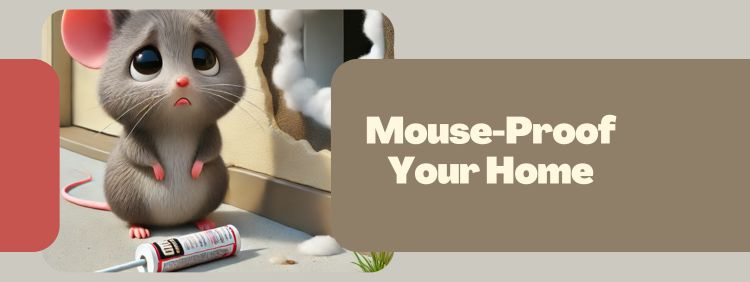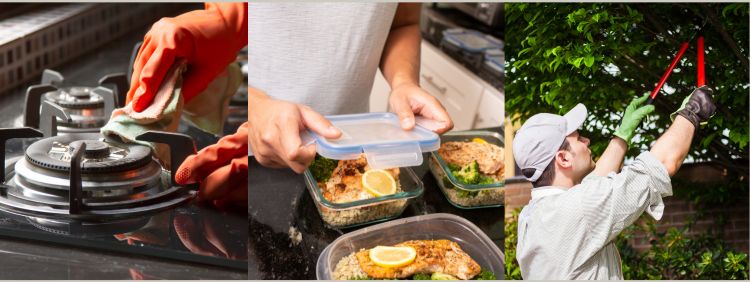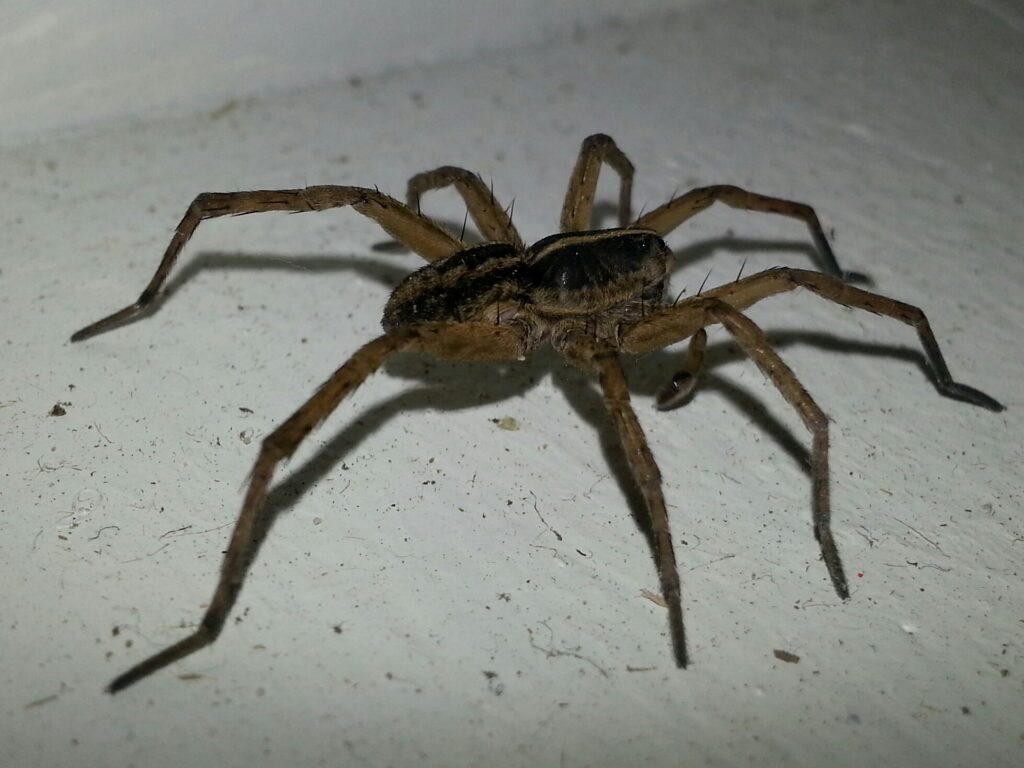 Winter approaches, and with it, the urgent need to protect your home from unwelcome guests. Mice are notorious for seeking refuge indoors as the temperatures drop, making it crucial to mouse-proof a house before the cold hits. Identifying and sealing mouse entry points around your home is the first step to ensure these pests stay outside.
This guide will walk you through practical and effective methods to prevent mice from entering house. From inspecting your home's foundation to plugging potential gaps, we cover all essential steps to keep your living space rodent-free. With our expert advice, you can secure your home, ensuring a warm and comfortable winter without the worry of mice disruptions.
Winter approaches, and with it, the urgent need to protect your home from unwelcome guests. Mice are notorious for seeking refuge indoors as the temperatures drop, making it crucial to mouse-proof a house before the cold hits. Identifying and sealing mouse entry points around your home is the first step to ensure these pests stay outside.
This guide will walk you through practical and effective methods to prevent mice from entering house. From inspecting your home's foundation to plugging potential gaps, we cover all essential steps to keep your living space rodent-free. With our expert advice, you can secure your home, ensuring a warm and comfortable winter without the worry of mice disruptions.
Why Rodents Come Indoors
Before we dig into prevention strategies, it’s essential to understand why rodents seek refuge indoors during winter. Rodents are highly adaptable creatures that can find their way into even the smallest openings. They are adept climbers and can squeeze through gaps as small as a quarter of an inch. Their strong sense of smell leads them to food sources, and once they identify a warm, inviting environment, they’re likely to settle in. Rodents, particularly those species common in urban and suburban environments, have a keen instinct for survival. During the colder months, their natural habitats become inhospitable. Food becomes scarce, and freezing temperatures make outdoor living dangerous. Consequently, they turn their attention to human homes, where the warmth and abundance of resources offer a perfect haven. Understanding this behaviour helps us better prepare and fortify our homes against their entry. In addition to seeking warmth and food, rodents can also cause significant damage once inside. They chew on wires, insulation, and wood, which can lead to fire hazards and structural damage. Their droppings and urine can contaminate food and surfaces, posing health risks to your family. Therefore, taking proactive measures to mouse proof your house is not just about comfort but also safety.Identifying Common Mouse Entry Points
The first step in rodent-proofing your home is identifying and sealing potential entry points. These creatures are resourceful and can exploit various weaknesses in your home’s exterior. Begin by inspecting the foundation, walls, and roof for any gaps, cracks, or holes. Pay close attention to areas where utilities enter the home, such as pipes, vents, and cables, as these are common access points for rodents. Gaps around doors and windows are also prime entry points. Check the weather stripping and door sweeps to ensure they are in good condition and replace them if necessary. Garage doors are another vulnerable spot; make sure they close tightly and consider installing a rodent-proof bottom seal. Additionally, inspect the attic and basement for any openings, as these areas are often overlooked but can provide easy access for rodents. Once you have identified the potential entry points, it’s time to seal them. Use materials such as steel wool, caulk, and hardware cloth to block off small cracks and holes. For larger openings, consider using sheet metal or cement to ensure a durable seal. Remember, even the smallest gap can be an invitation for rodents, so be thorough in your inspection and sealing efforts.Securing Food Sources
 Rodents are primarily attracted to homes in search of food. Therefore, securing food sources is a crucial part of rodent-proofing your home. Start by keeping your kitchen clean and free of crumbs and spills. Store food in airtight containers made of metal or thick plastic, and avoid leaving pet food out overnight. Regularly dispose of garbage and use bins with tight-fitting lids to prevent access.
In addition to securing food inside the home, it’s essential to manage outdoor food sources as well. Bird feeders, compost bins, and pet food dishes can attract rodents to your yard, increasing the likelihood of them finding their way inside. Keep bird feeders away from the house and clean up any spilled seeds regularly. Store compost in rodent-proof containers and avoid adding food scraps that could attract them. If you feed pets outside, bring the dishes in after they’ve finished eating.
Regular maintenance of your home’s exterior can also help deter rodents. Trim back trees and shrubs that are close to the house, as these can provide pathways to your roof and attic. Keep firewood and other outdoor storage away from the house and elevated off the ground. By removing potential food sources and nesting sites outside, you can reduce the chances of rodents approaching your home in the first place.
Rodents are primarily attracted to homes in search of food. Therefore, securing food sources is a crucial part of rodent-proofing your home. Start by keeping your kitchen clean and free of crumbs and spills. Store food in airtight containers made of metal or thick plastic, and avoid leaving pet food out overnight. Regularly dispose of garbage and use bins with tight-fitting lids to prevent access.
In addition to securing food inside the home, it’s essential to manage outdoor food sources as well. Bird feeders, compost bins, and pet food dishes can attract rodents to your yard, increasing the likelihood of them finding their way inside. Keep bird feeders away from the house and clean up any spilled seeds regularly. Store compost in rodent-proof containers and avoid adding food scraps that could attract them. If you feed pets outside, bring the dishes in after they’ve finished eating.
Regular maintenance of your home’s exterior can also help deter rodents. Trim back trees and shrubs that are close to the house, as these can provide pathways to your roof and attic. Keep firewood and other outdoor storage away from the house and elevated off the ground. By removing potential food sources and nesting sites outside, you can reduce the chances of rodents approaching your home in the first place.

